
AI and the Retail Marketer’s Future
How AI transforms strategy and processes, driving the adoption of Positionless Marketing
Break free from fragmented marketing and deliver hyper personalized, real-time experiences across every touchpoint with Optimove Personalize
No matter where your customers are, deliver the personalized experience they crave but rarely get
Create with Optimove Personalize
Dynamically personalize every digital surface—content rows, categories, banners, and more—with over 20 AI-driven recommendation models designed to unlock instant, revenue-driving engagement.
Automatically rearrange page elements for each customer, creating tailor-made layouts that are intuitive, relevant, and personalized just for them.
Power OptiGenie AI on-site search with personalization that anticipates customer needs and drives conversions.
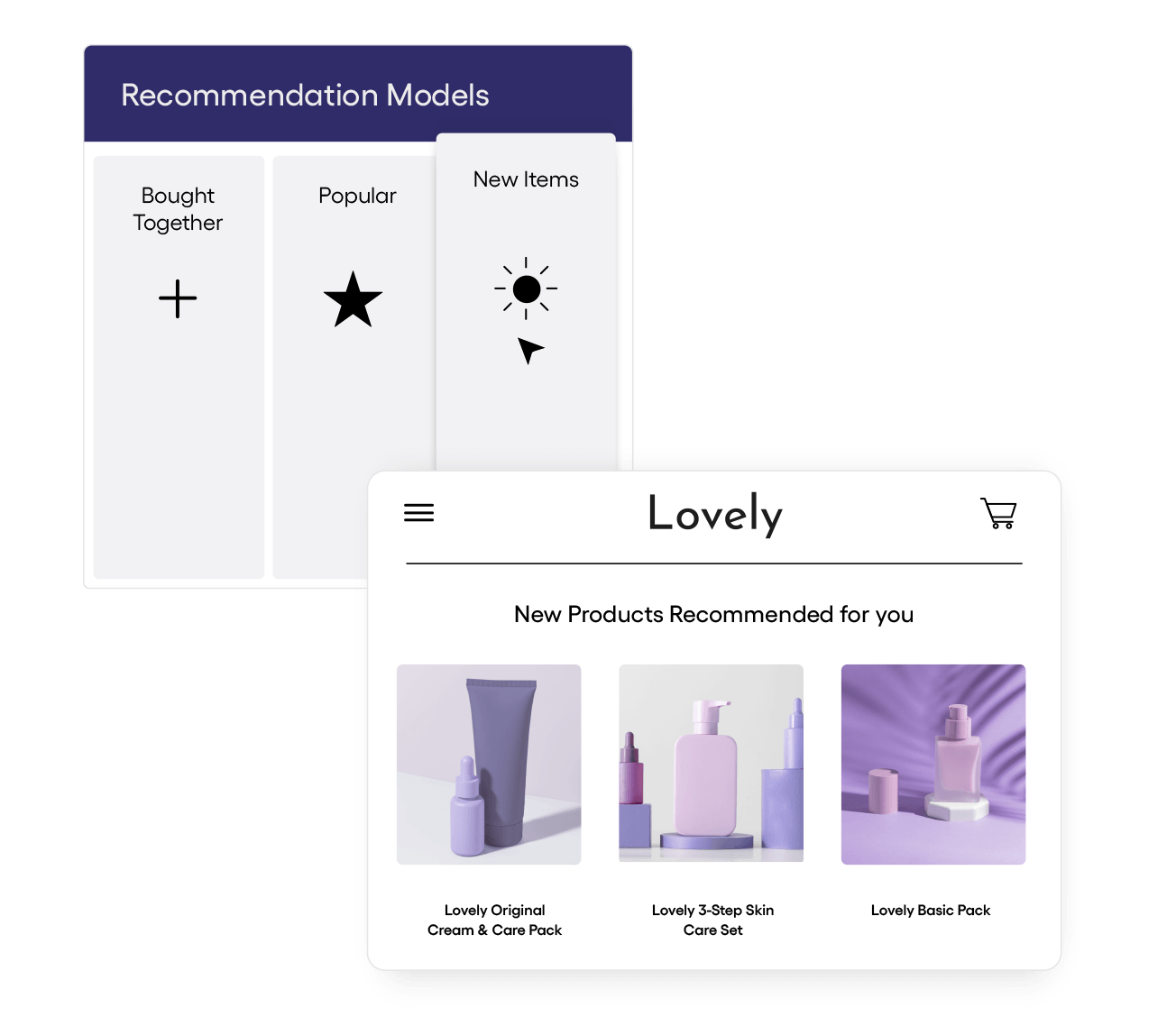
Activate with Optimove Personalize
Imbue web, app, email, and beyond with personalized, dynamic content recommendations that are always in sync.
Combine customer signals with universal events to send in-the-moment contextual messages that maximize engagement and conversions.
Trigger messages, adjust timing, and optimize delivery with OptiGenie AI so your team stays focused on the big picture.
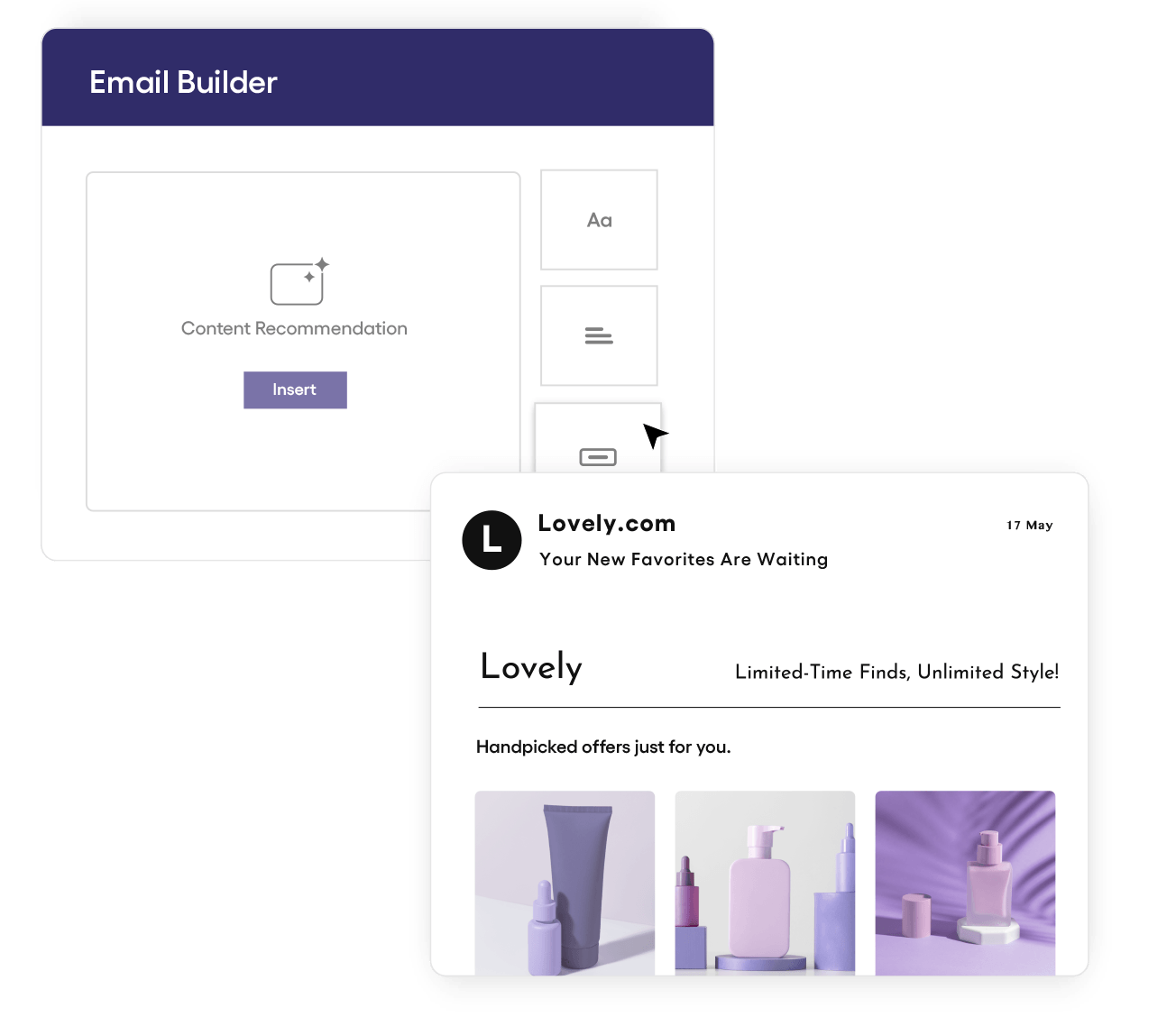
Adapt with Optimove Personalize
From “Popular Near You” to “Newly Released,” Optimove’s AI puts you in control, personalizing every moment your way—no data scientists needed.
Layer business rules over AI models to promote or suppress products and align every recommendation with your commercial goals.
Build and launch personalized experiences at your pace—no IT tickets, no bottlenecks, just rapid, on-brand execution that drives results.
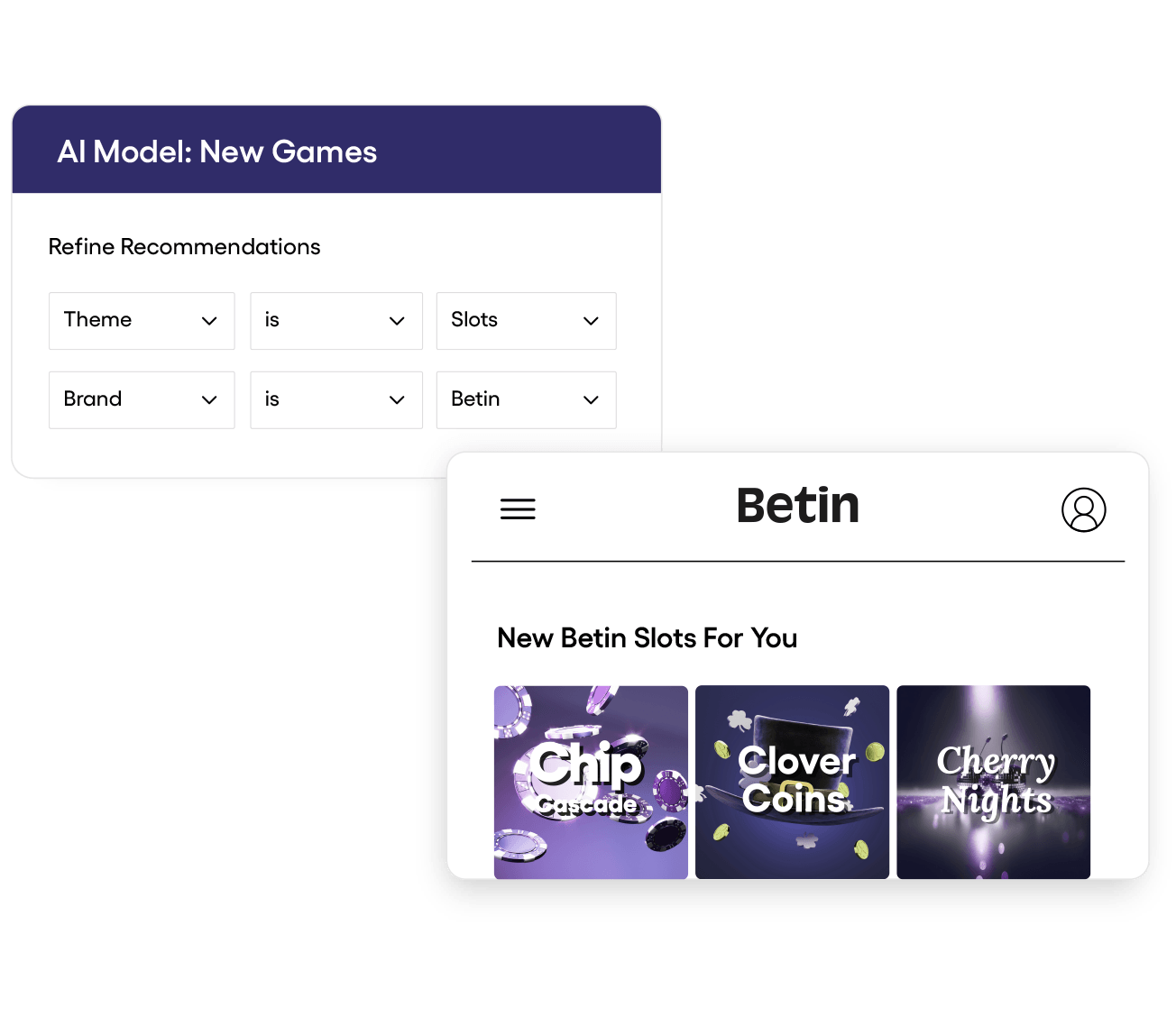
Optimize with Optimove Personalize
Test any idea on any channel with simple A/B/n testing that helps you learn and improve quickly.
Measure the impact of every touchpoint with native attribution tied directly to revenue, retention, and growth.
Own the entire personalization process, from insight to iteration to launch, empowering you to scale what works and drop what doesn’t, fast.
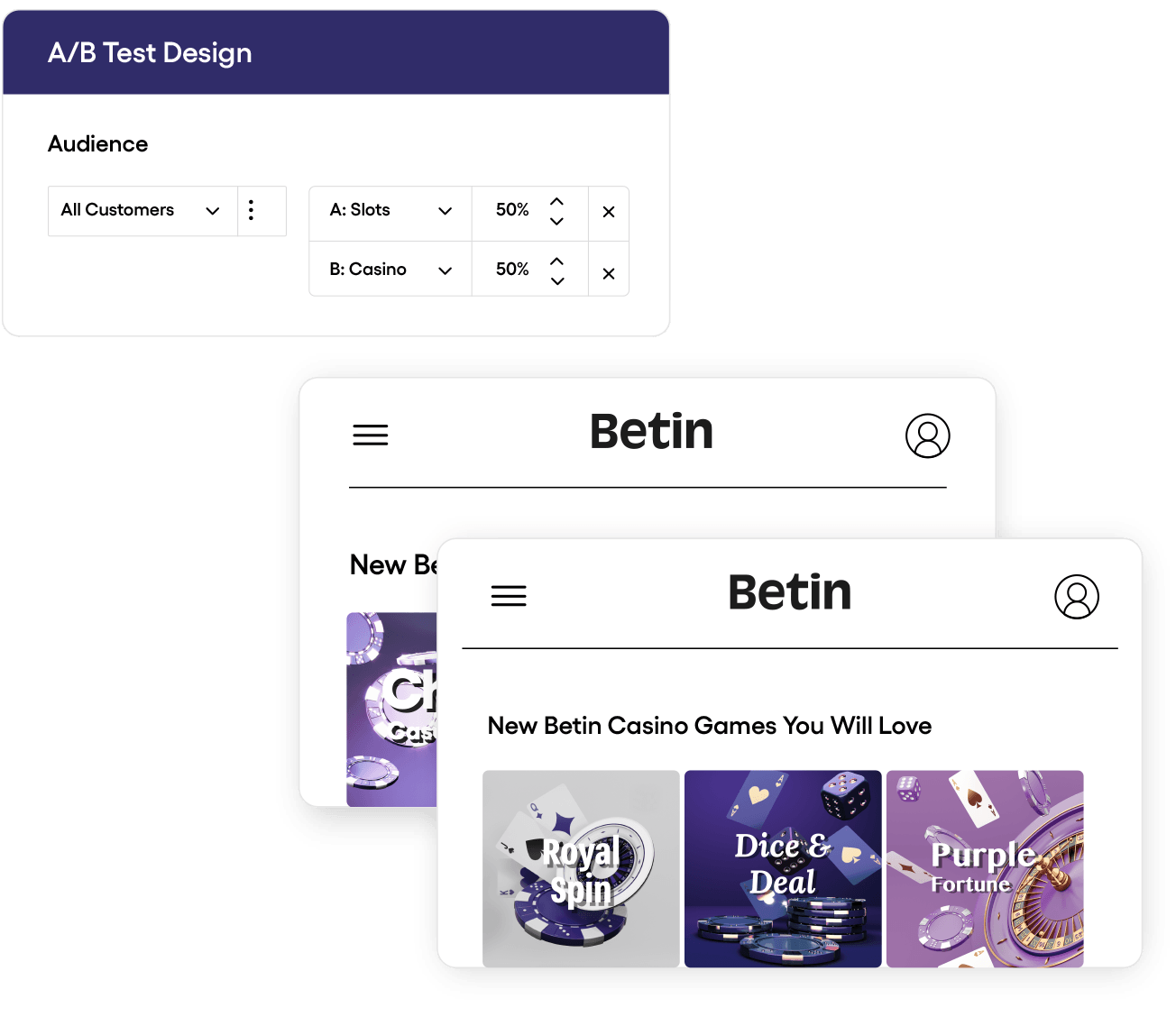
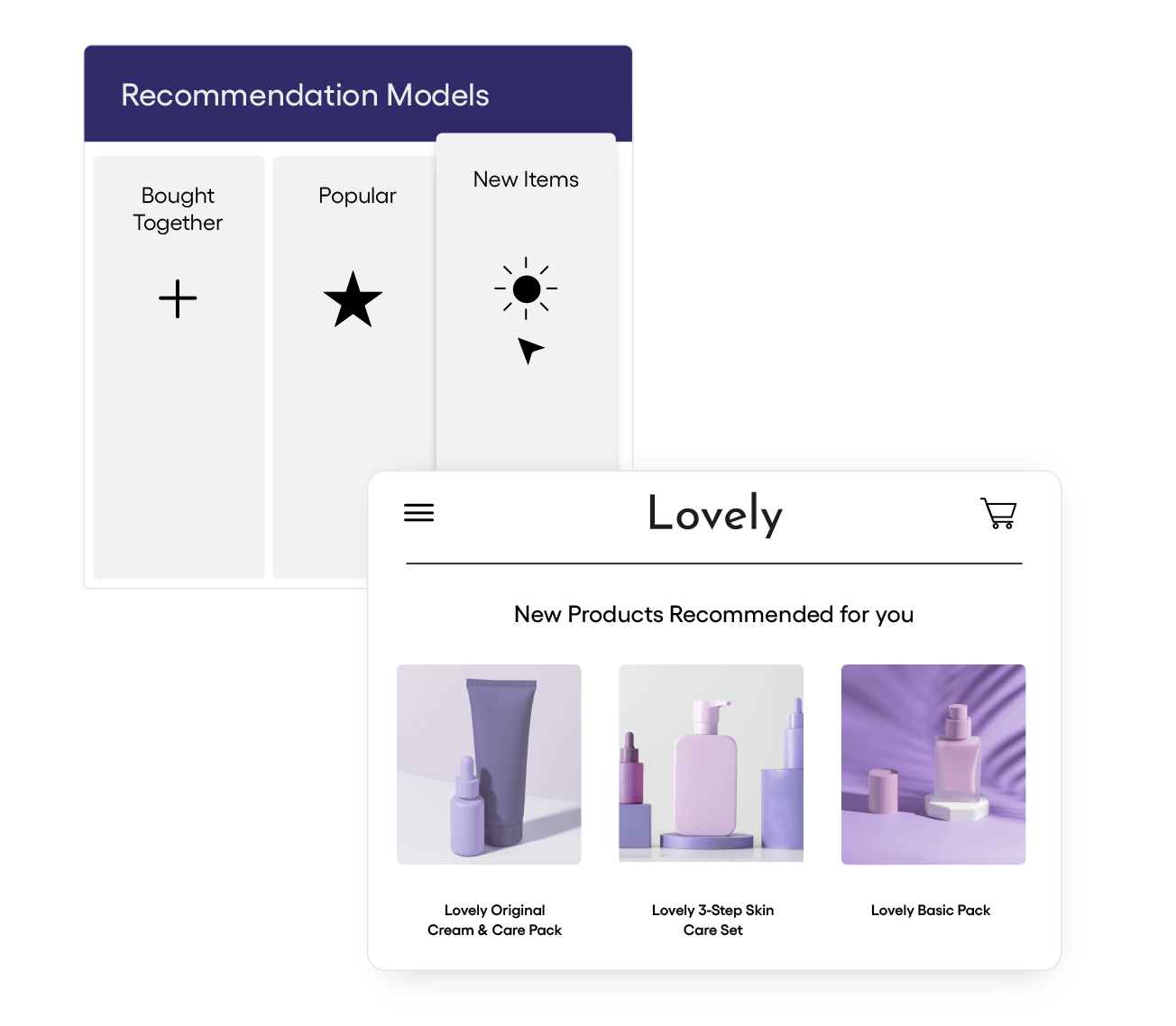
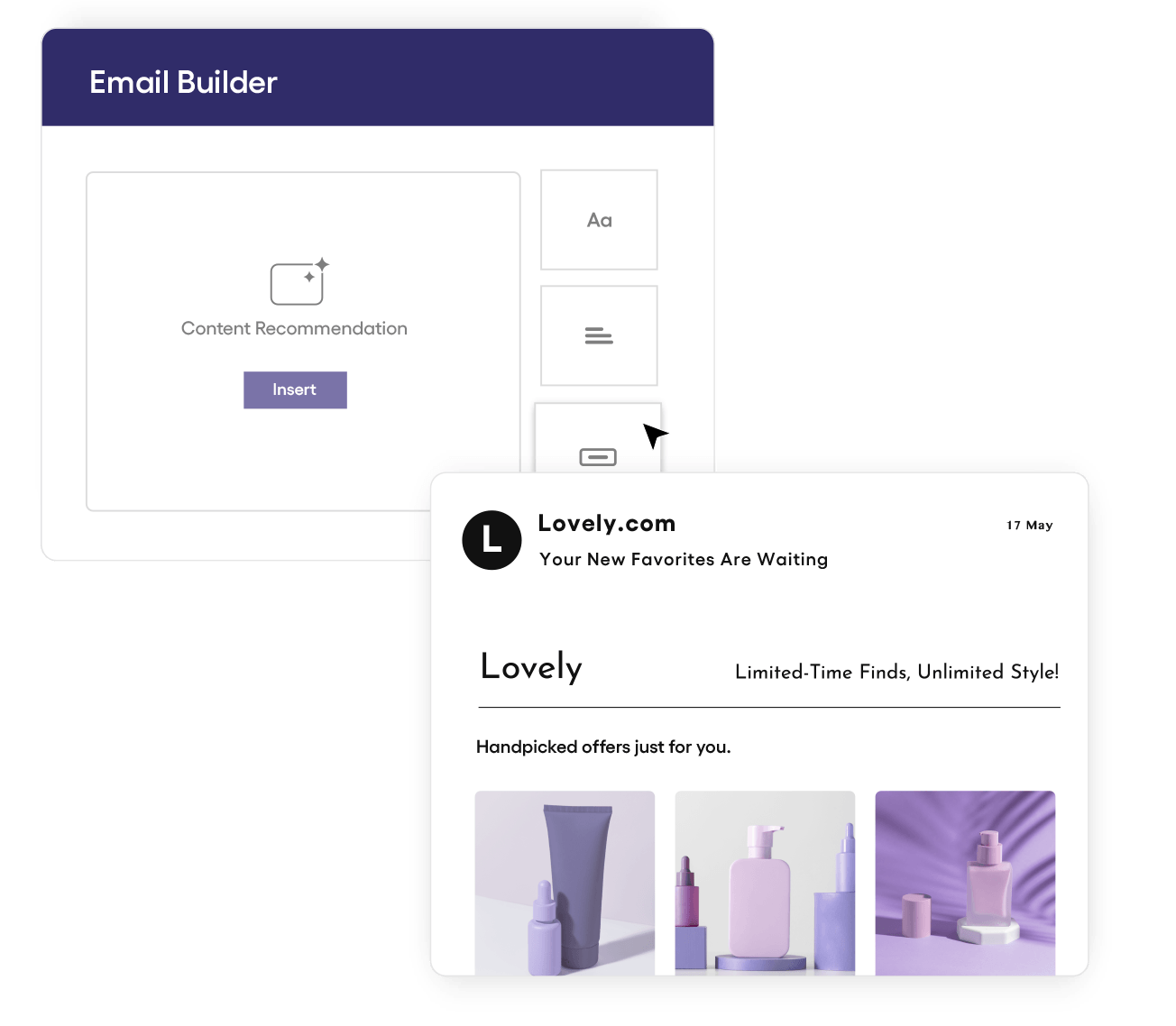
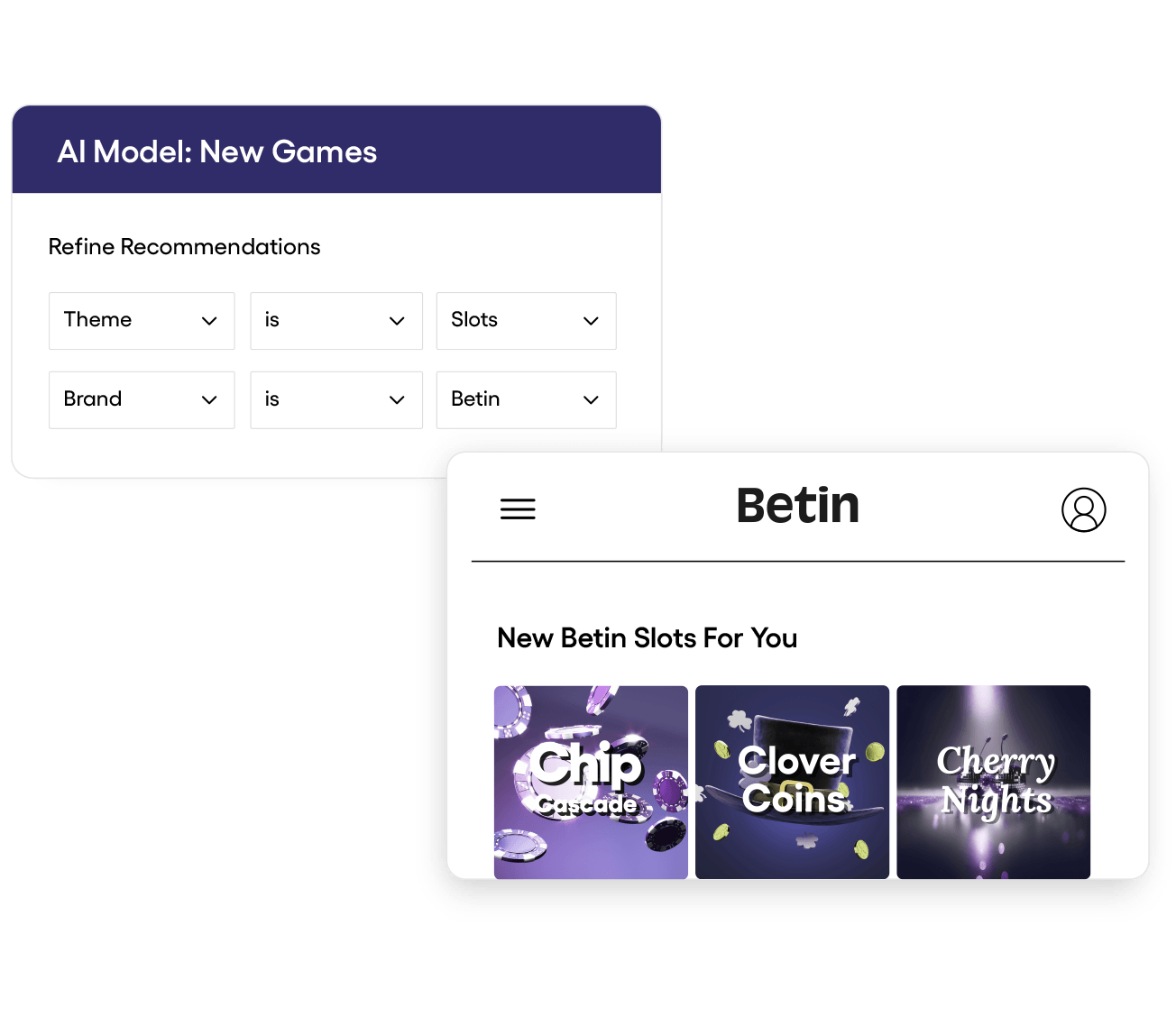
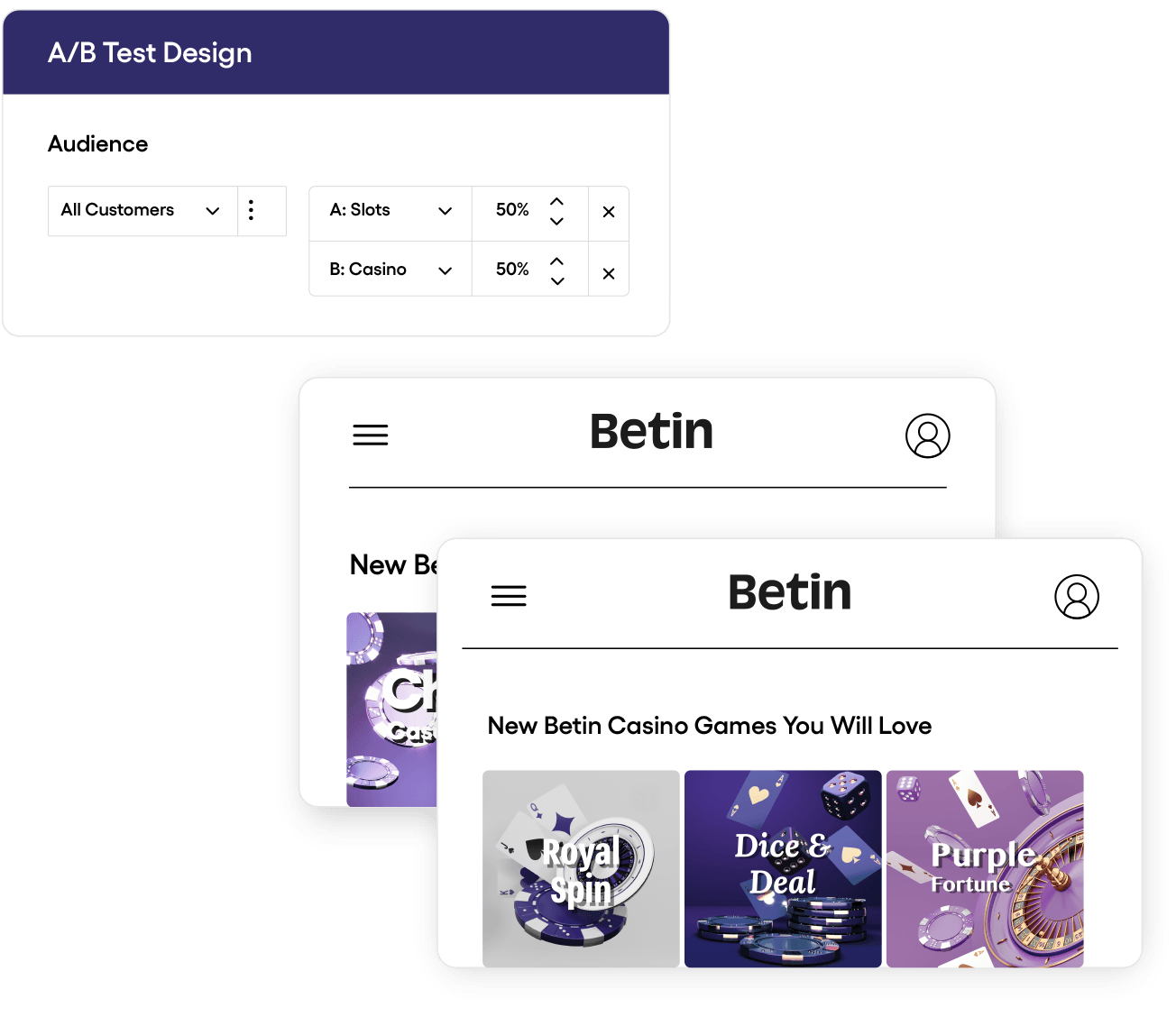
Give your teams more independence, ability, and agency with the powers to do anything and be everything
Check out our resources
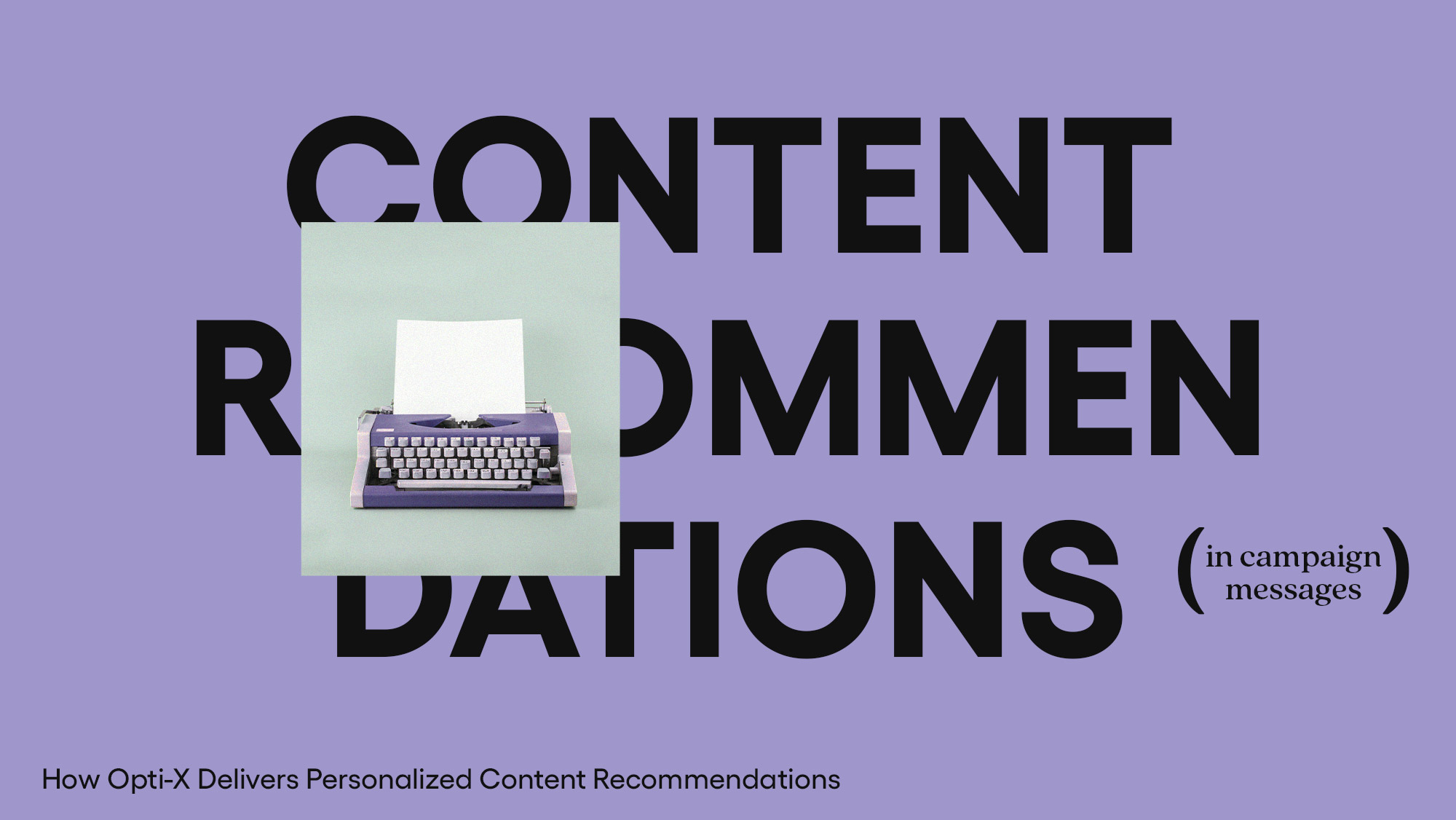
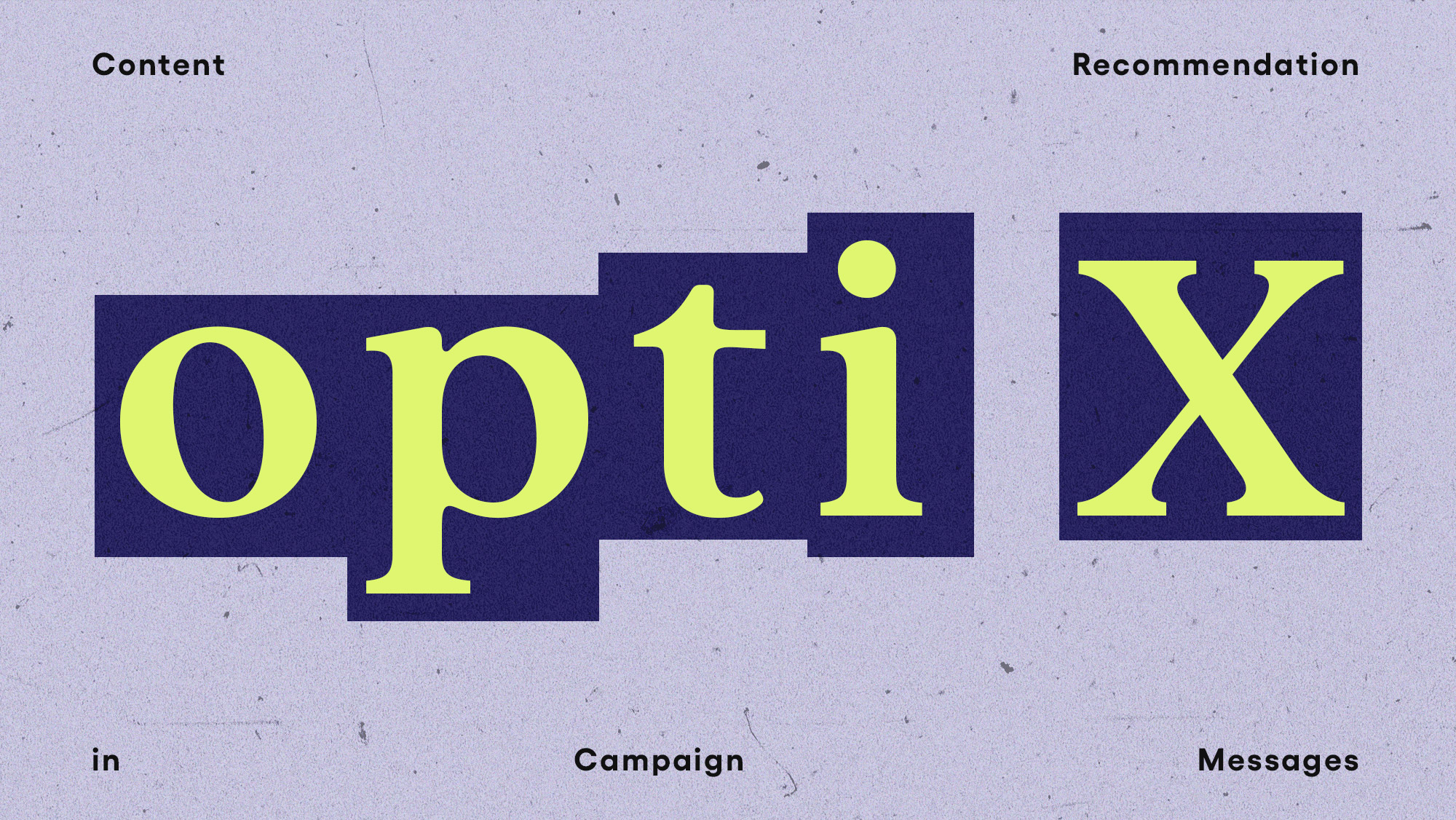

What is Optimove Personalize?
An AI-powered personalization engine that tailors experiences across web, app, and digital touchpoints by combining real-time behavior with historical and predictive data.
How does Optimove Personalize tailor the customer experience?
Personalize analyzes browsing, purchase, and engagement patterns alongside predictive insights to deliver real-time, one-to-one recommendations—products, content, or offers—adapting instantly to each action.
What results can brands expect from using Optimove Personalize?
Higher engagement, improved conversions, stronger retention, and increased revenue per visitor—delivered at scale through automated real-time personalization with clear ties to campaign-level ROI.
What types of AI-powered recommendation models does Optimove Personalize support?
A broad set, including collaborative filtering, content-based, trending, and “customers also bought.” Marketers can combine models and apply business rules/constraints (e.g., margin, stock, brand) to align relevance with commercial priorities.
Do brands need technical expertise to use Optimove Personalize?
No. Intuitive workflows simplify setup, testing, and optimization—self-service first—with Customer Success available when needed.
How much does Optimove Personalize cost?
Optimove Personalize is priced according to the level of real-time personalization and traffic volume you intend to support. This includes web/app traffic, the number of personalized elements or experiments running, and access to product recommendation models. The model scales with your digital footprint and maturity—from simple dynamic content to advanced AI decisioning and product recommendations.
Join the marketers who are leaving the limitations of fixed roles behind to boost their campaign efficiency by 88%